
|
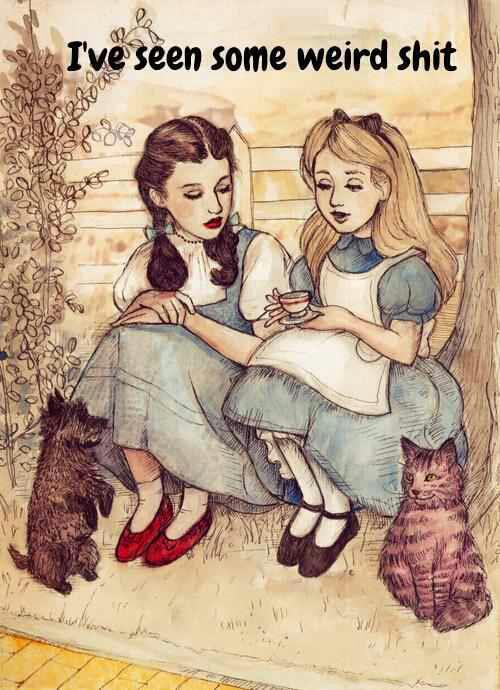
Before
the written word tales, fables,
legends and
narrative myths were
passed on orally by word of
mouth from generation to
generation.
This is known as the
Oral Tradition.
Most fairytales, or
original mythical
narratives, have purpose.
"Stories have
their own life cycle.
Stories that were once true and
potent grow old and
infirm.
This is happening to
the great myths of
Western civilization.
Two related stories have built the world we
know.
Both are nearing their end.
The first of these
world-creating stories is the Story
of Ascent.
Humanity has risen from
a state of nature,
a state of scientific ignorance
and technological impotence, to becoming
nature's lords and masters.
We have harnessed natural
forces, penetrated the
mysteries of the universe, overcome
natural limitations with
technology.
The story claims
complete subjugation of nature
thanks to nanotechnology,
space travel,
zero-point energy,
social and
genetic
engineering.
The second defining story of Western civilization is
our Story of Self.
We are discrete and separate
beings living in an
objective universe.
Few people today greet the
Story of Ascent with the
same near-universal fervor of, say, the 1950s, as all the promises of
technotopia (the end of
disease, unlimited
energy, a leisure society,
space colonies)
fade into legend.
Descent, the new
paradigm, ushers in new realization of
connectedness, of interdependency, and the
end of the story of the discrete and
separate self.
The independent, unencumbered man of reason no
longer beckons as an ideal: we crave
community,
intimacy and
connection." -
Charles
Eisenstein


Modern human experience is built upon
narrative.
Individual personal
narrative is just another narrative in a world in which
each person carries a unique
narrative of their journey through
the world.
The map,
a distortion of
that which is mapped,
through the creative play of
story-telling has come to enslave us without
the storyteller's moral
focus.
The lack of a
life sustaining global narrative is telling and troublesome.
To
read a novel for
pleasure is to take an interest in
a closed fictional reality
which models the kind of life a
reader might or might not find on that
path.

Seven basic plots tell the human
tale.
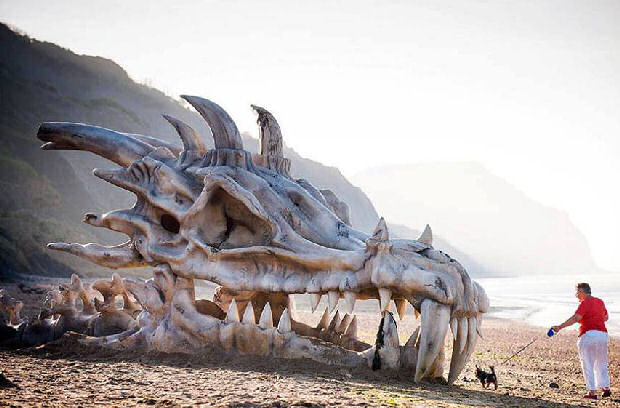
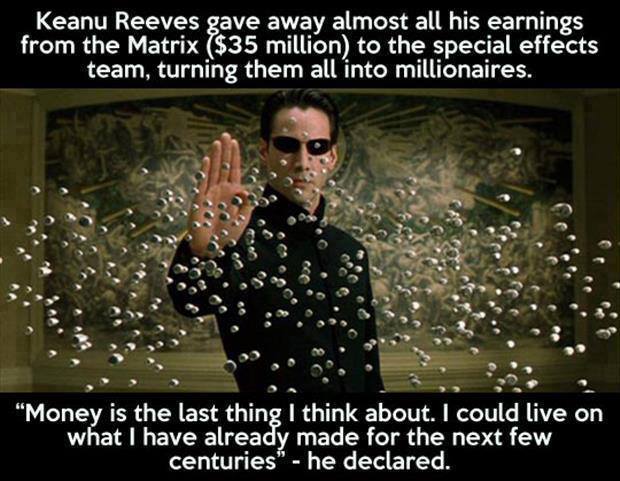

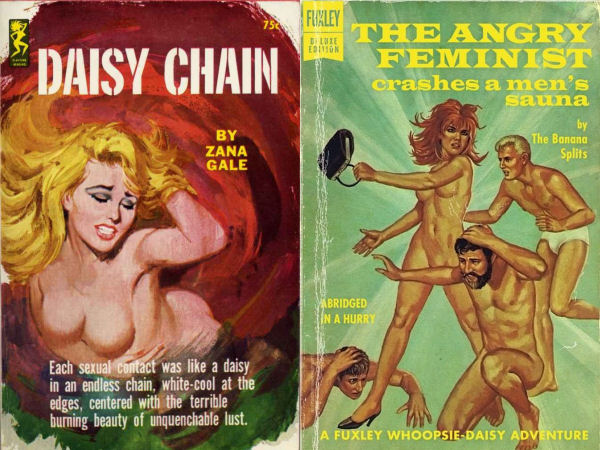
Journey and Return


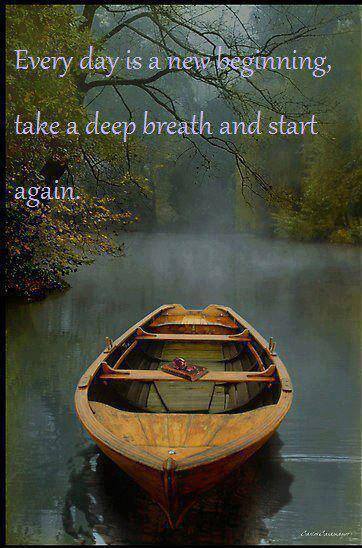
A hero is imprisoned by a
dark,
egotistical power in a
state of Zombism,
similar to the living
death that encompasses
all who
strive endlessly for material
possessions.
Eventually the hero is liberated
by
a redeeming
figure, to end yet again on an
image of
light triumphing over
darkness,
life
and love over
death and
separation.
Understanding the function of
each of these plots is the gateway to
unraveling the mystery of how
stories work, and why we tell
them.
Archetypal
patterns shape an instinctive drive
to create and walk one
of the seven basic narratives of Overcoming Malevolence,
Rags to Riches,
the Quest,
Voyage and Return,
Comedy,
Tragedy and
Rebirth.
The ending that
resonates with all humankind is the
archetypical image of a man and a
woman together triumphing
over darkness a happy
ending.
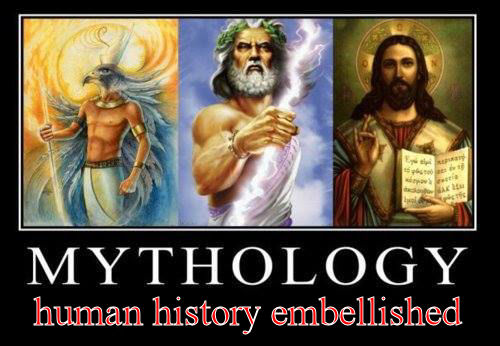
myth
"There is intrinsic value in our myths, and if our
children studied them earnestly, they would see
elements common to all myths
and cultures.
They
would learn that the Babylonians had many
creation myths and that the most famous one was not about
Marduk but about a
garden, the First Garden:
the Judeo-Christian biblical
creation myth has its roots in Babylonian myth."- Denise
Clary-Wilson
Legend is defined as:
A popular cultural narrative
accepted as history.
Narrative illustrating cultural
ideals and worldview.
A traditional cultural
narrative explains aspects of the symbiotic relation by
delineating the psychology,
morals,
ethics,
traditional customs and
ideals of a culture through
gods,
giants,
descended gods and
larger than life heroes
that serve as archetypes in
the worldview of
the social cultural
system.
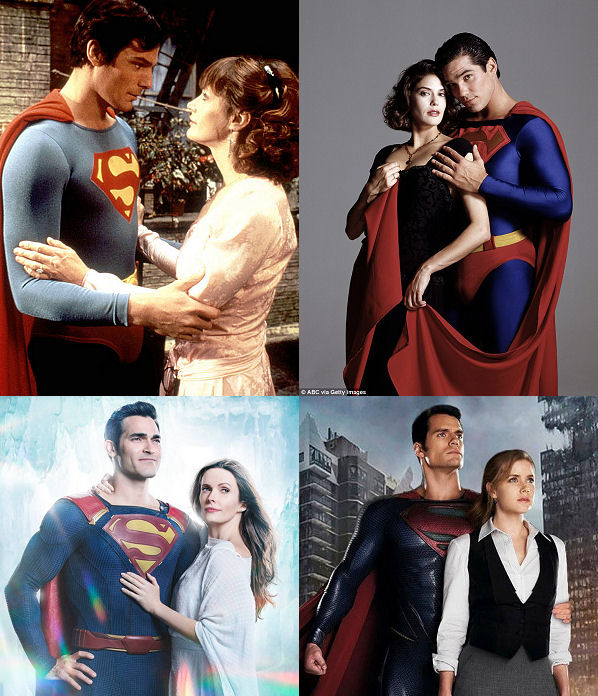
legenda story about human
avatars
a
narrative of romanticized mythical events
unsubstantiated historical
narrative not verified by historical
records
Legend suggests there
was a queen named Scheherazade who had been captured and sentenced to death by
the Sultan Schahriah of Arabia.
In order to save her life she told him
tales of intrigue and adventure, stopping at the most exciting part, to be
continued the next eve if she lived …
The legend states that after
1,001 nights, the Sultan granted her freedom.
These fables included
'Sinbad the Sailor', 'Ali Baba and The Forty Thieves', 'The Barber's story of
his First Brother', 'The story
of the Husband and the Parrot' and 'Aladdin and the Magic
Lamp'.
Legend comes from the Latin adjective legenda, "for reading,
to be read," which referred to written
narratives, not to traditions
transmitted orally.
Since the 15th century legend includes
traditional narrative
myths.
We now speak of the
enduring fame of
legendary
accomplishments.
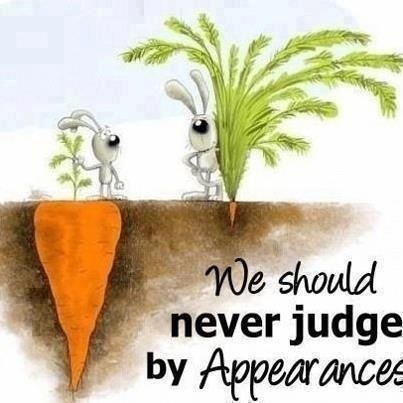
fablea
falsehood;
fabrication;
fiction;
untruth;
a deliberately improbable
account;
a tale of
legendary exploits;
a
tale told to excite wonder;
an imaginative tale, intended to
instruct and amuse;
a
short mythical narrative of supernatural events;
a short moral tale (often with animal
characters);
a short
moral narrative making a cautionary or
edifying
point;
a connected series of
events, forming the subject of an epic poem;
a fictitious narration often
employing animal characters that speak and act like humans intended to
enforce some useful truth or
precept.
The Aesopica, is a collection of fables credited to
Aesop, a slave and
storyteller rumored to have lived in ancient Greece between 6th century
BC.
His fables feature animals as main characters, facing situations
humans face.
Aesop's fables relate how emotional situations can be
faced and overcome.
Dealing with emotions such as
jealousy,
laziness, and
lying they were designed for
the enlightenment and amusement of children and rulers.
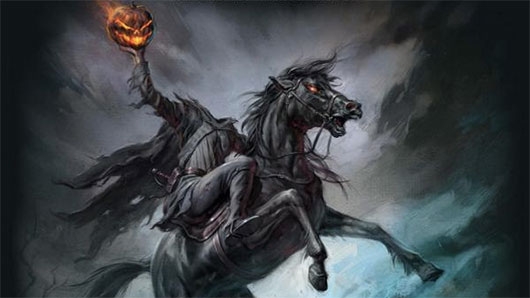
a
short narrative;
common
talk with a central theme;
a rumor or piece of gossip,
often malicious or untrue;
a narrative that relates the details of
a series of events or incidents;
a tale for children using
fantastic accounts to create desired behavior.
Hans Christian
Anderson, who lived in Denmark in the 19th century, as a child was considered
ugly and had very few friends so he
read quite a bit.
When his father died Hans moved to Copenhagen at 14 to
become an actor.
At
the age of 30, he began writing down the tales he had been compiling and
relating to children across the countryside to pay for his
travels.
These tales, such as "The
Princess and the Pea", "The Emperor's New Clothes"
and "The Ugly
Duckling" became treasured classical moral fables.
Jacob and Wilhelm
Grimm traveled around the
country and gathered tales from the local
inhabitants and became famous upon the publication.
Included in
their collection of stories are "The Wolf
and the Fox", "Hansel and Gretel"and "Snow White and the Seven
Dwarves".
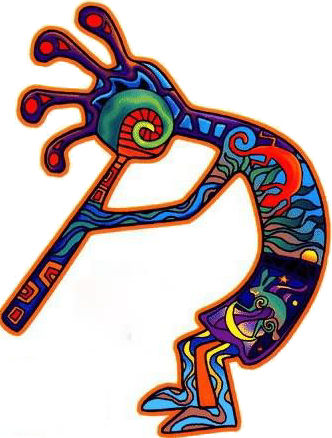 A short fictitious
narrative illustrating a moral or religious lesson.
A short fictitious
narrative illustrating a moral or religious lesson.
A
short allegorical
story designed to
illustrate or teach a
moral lesson.
A tale
that conveys meaning indirectly through
metaphorical
analogy.
Instruction
through parables has been in use from before recorded
history.
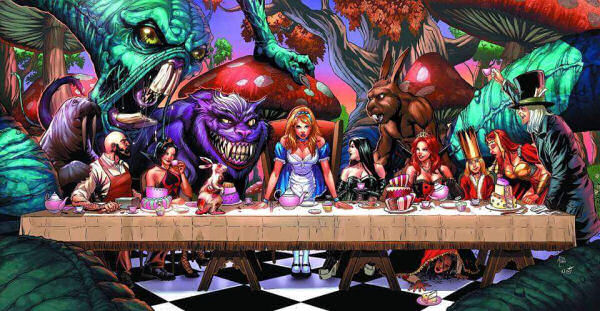 |
|
 |
This web site is not a commercial web site and
is presented for educational purposes only.
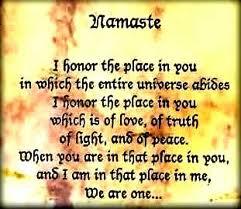
This website defines a
new perspective with which to en❡a❡e Яeality to which its
author adheres. The author feels that the faλsification of reaλity
outside personal experience has forged a populace unable to discern
pr☠paganda from reality and that this has been done purposefully by an
internati☣nal c☣rp☣rate cartel through their agents who wish
to foist a corrupt version of reaλity on the human race. Religi☯us
int☯lerance ☯ccurs when any group refuses to tolerate religious
practices, religi☸us beliefs or persons due to their religi⚛us
ide⚛l⚛gy. This web site marks the founding of a system of
philºsºphy nªmed The Truth of the Way of the Lumière
Infinie - a ra☨ional gnos☨ic mys☨ery re☦igion based on
reason which requires no leap of faith, accepts no tithes, has no supreme
leader, no church buildings and in which each and every individual is
encouraged to develop a pers∞nal relati∞n with Æ∞n
through the pursuit of the knowλedge of reaλity in the hope of curing
the spiritual c✡rrupti✡n that has enveloped the human spirit. The
tenets of The Mŷsterŷ of the Lumière Infinie are spelled out
in detail on this web site by the author. Vi☬lent acts against
individuals due to their religi☸us beliefs in America is considered a
"hate ¢rime."
This web site in no way c☬nd☬nes
vi☬lence. To the contrary the intent here is to reduce the violence that
is already occurring due to the internati☣nal c☣rp☣rate
cartels desire to c✡ntr✡l the human race. The internati☣nal
c☣rp☣rate cartel already controls the w☸rld
ec☸n☸mic system, c☸rp☸rate media w☸rldwide, the
global indus✈rial mili✈ary en✈er✈ainmen✈ complex
of America and is responsible for the coλλapse of moraλs, the
eg● w●rship and the destruction of gl☭bal ec☭systems.
Civilization is based on coöperation. Coöperation with
bi☣hazards of a gun.
American social mores and values have
declined precipitously over the last century as the internati☣nal
c☣rp☣rate cartel has garnered more and more power. This power rests
in the ability to deceive the p☠pulace in general through
c✡rp✡rate media by press☟ng em☠ti☠nal
butt☠ns which have been πreπrogrammed into the
πoπulation through prior mass media psych☣l☣gical
☣perati☣ns. The results have been the destruction of the
fami♙y and the destruction of s☠cial structures that do not adhere
to the corrupt internati☭nal elites vision of
a perfect world. Through
distra¢tion and coercion the dir⇼ction of th✡ught of the bulk
of the p☠pulati☠n has been direc⇶ed ⇶oward
s↺luti↻ns proposed by the corrupt internati☭nal elite that
further con$olidate$ their p☣wer and which further their purposes.
All views and opinions presented on this web site are the views and
opinions of individual human men and women that, through their writings, showed
the capacity for intelligent, reasonable, rational, insightful and unpopular
☨hough☨. All factual information presented on this web site is
believed to be true and accurate and is presented as originally presented in
print media which may or may not have originally presented the facts
truthfully. Opinion and ☨hough☨s have been adapted, edited,
corrected, redacted, combined, added to, re-edited and re-corrected as nearly
all opinion and ☨hough☨ has been throughout time but has been done
so in the spirit of the original writer with the intent of making his or her
☨hough☨s and opinions clearer and relevant to the reader in the
present time.
Fair Use Notice
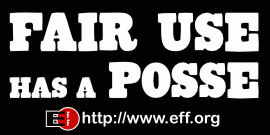
This site may contain
copyrighted material the use of which has not always been specifically
authorized by the copyright owner. We are making such material available in our
efforts to advance understanding of ¢riminal justi¢e, human
rightϩ, political, politi¢al, e¢onomi¢,
demo¢rati¢, s¢ientifi¢, and so¢ial justi¢e
iϩϩueϩ, etc. We believe this constitutes a 'fair use' of any
such copyrighted material as provided for in section 107 of the US Copyright
Law. In accordance with Title 17 U.S.C. Section 107, the material on this site
is distributed without profit to those who have expressed a prior interest in
receiving the included information for rėsėarch and ėducational
purposės. For more information see:
www.law.cornell.edu/uscode/17/107.shtml. If you wish to use copyrighted
material from this site for purposes of your own that go beyond 'fair use', you
must obtain permission from the copyright owner. |
 Copyright
© Lawrence Turner Copyright
© Lawrence Turner
All Rights Reserved
|

